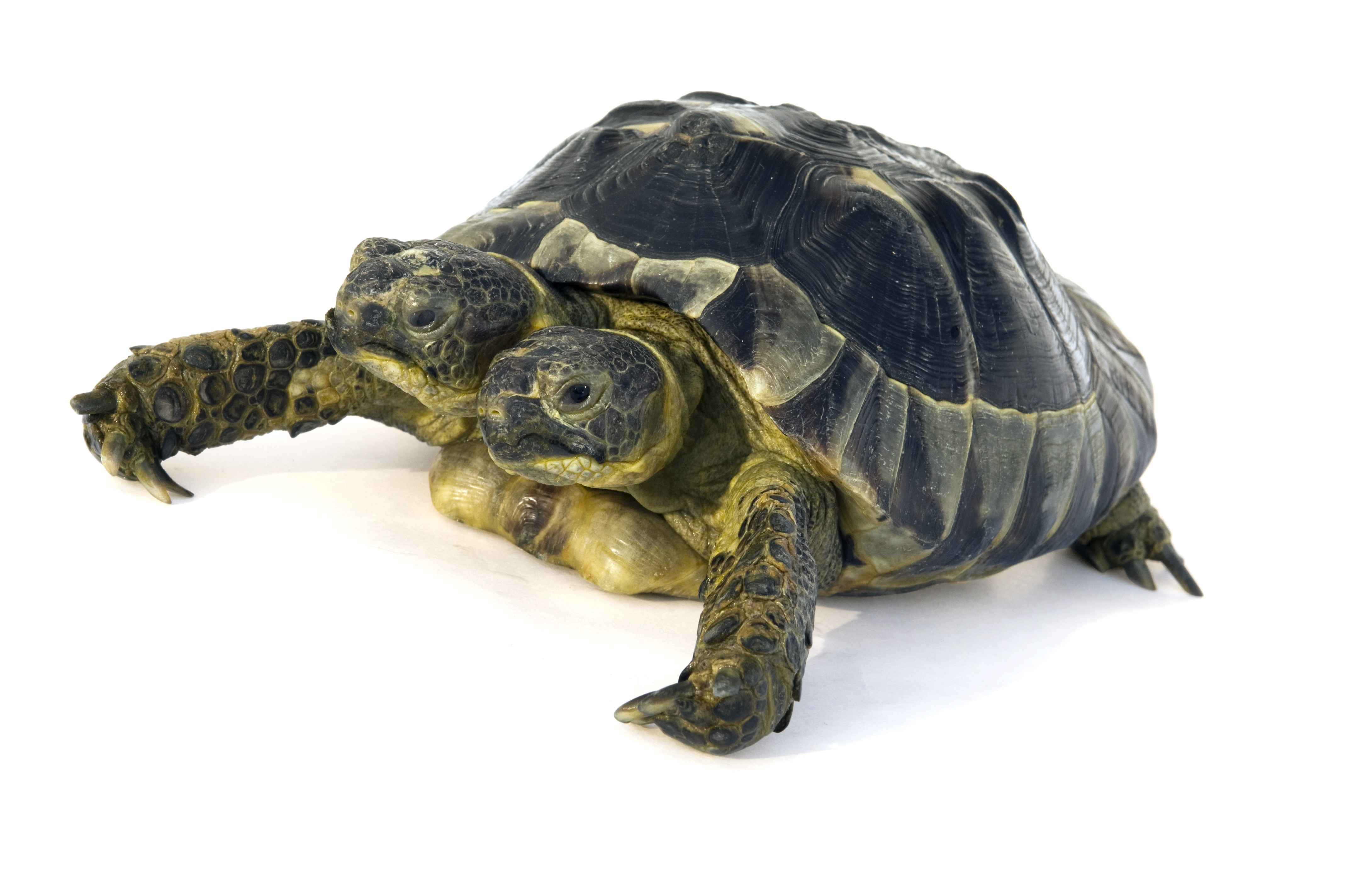|
Nestotus
''Nestotus'' is a genus of flowering plants in the family Asteraceae. The name ''Nestotus'' was chosen because it is an anagram of the name of the related genus '' Stenotus''. ''Tonestus'' is similarly another anagram of the same name.Nelson, Aven. 1904. Botanical Gazette 37(4): 262 in English ; Species * '' Nestotus macleanii'' (Brandegee) R.P.Roberts, Urbatsch & Neubig - * '' Nestotus stenophyllus'' (A.Gray) R.P.R ... [...More Info...] [...Related Items...] OR: [Wikipedia] [Google] [Baidu] |
Nestotus Stenophyllus
''Nestotus stenophyllus'' is a species of flowering plant in the family Asteraceae known by the common name narrowleaf mock goldenweed. It was previously known as ''Stenotus stenophyllus''. It is native to the western United States, especially the inland Pacific Northwest and northern Great Basin, where it grows in sagebrush habitat usually in rocky soil. Description ''Nestotus stenophyllus'' is a small, clump-forming perennial sub-shrub growing up to about 12 centimeters tall. Mature plants have a very low woody sprawling base from which the growing stems arise. The woody base is often largely hidden by leaves, so the plant may appear to be herbaceous without close inspection. The rough-haired, glandular leaves are 1 or 2 centimeters long and linear to lance-shaped and are arranged along upright to angled stems up to 6 centimeters long, growing from short woody bases. The inflorescence is a solitary flower head atop an erect peduncle that emerges from the tip of the leaf stem. T ... [...More Info...] [...Related Items...] OR: [Wikipedia] [Google] [Baidu] |
Nestotus Macleanii
''Nestotus macleanii'', also known as the Yukon goldenweed, is a species of plant in the genus ''Nestotus''. It is endemic to the Yukon, Canada Canada is a country in North America. Its ten provinces and three territories extend from the Atlantic Ocean to the Pacific Ocean and northward into the Arctic Ocean, covering over , making it the world's second-largest country by tot .... According to NatureServe, it is vulnerable but not currently at risk. References Endemic flora of Canada Astereae {{Astereae-stub ... [...More Info...] [...Related Items...] OR: [Wikipedia] [Google] [Baidu] |
Stenotus (plant)
''Stenotus'' is a genus of flowering plants in the family Asteraceae. There are four species, all native to western North America.''Stenotus''. Flora of North America. They are known commonly as mock goldenweeds.''Stenotus''. USDA PLANTS. These are perennial herbs sometimes forming mats or clumps a few centimeters high, producing erect stems up to about 30 centimeters tall but known to reach 60 centimeters at times. They grow from a and branching |
Astereae
Astereae is a tribe of plants in the family Asteraceae that includes annuals, biennials, perennials, subshrubs, shrubs, and trees. They are found primarily in temperate regions of the world. Plants within the tribe are present nearly worldwide divided into over 250 genera and more than 3,100 species, making it the second-largest tribe in the family behind Senecioneae. The taxonomy of the tribe Astereae has been dramatically changed after both morphologic and molecular evidence suggested that large genera such as '' Aster'', as well as many others, needed to be separated into several genera or shifted to better reflect the plants' relationships. A paper by R. D. Noyes and L. H. Rieseberg showed that most of the genera within the tribe in North America actually belong to a single clade, meaning they have a common ancestor. This is referred to as the North American clade. Guy L. Nesom and Harold E. Robinson have been involved in the recent work and are continuing to re-categoris ... [...More Info...] [...Related Items...] OR: [Wikipedia] [Google] [Baidu] |
Haplopappus Stenophyllus
''Haplopappus'' is a genus of flowering plants in the family Asteraceae found in South America, mostly restricted to the dry regions of the Southern Andes, Chilean Matorral, and Patagonia. Taxonomy Species Species accepted by the Plants of the World Online as of December 2022: ; formerly included Many species once included in ''Haplopappus'' are now regarded as belonging to other genera: ''Acamptopappus Ageratina Aztecaster Benitoa Croptilon Ericameria Grindelia Gundlachia Haploesthes Hazardia Inulopsis Isocoma Leptostelma Llerasia Lorandersonia Machaeranthera Nestotus Noticastrum Oonopsis Oreochrysum Oreostemma Osbertia Pyrrocoma Rayjacksonia Stenotus Toiyabea Tonestus Xanthisma ''Xanthisma'', common name sleepy-daisy, is a genus of flowering plants in the family Asteraceae. [...More Info...] [...Related Items...] OR: [Wikipedia] [Google] [Baidu] |
Tonestus
''Tonestus'', common name serpentweed, is a genus of North American flowering plants in the family Asteraceae.Nelson, Aven. 1904. Botanical Gazette 37(4): 262 in EnglishFlora of North America /ref> The name is an of the name of the related genus '' Stenotus.'' '' [...More Info...] [...Related Items...] OR: [Wikipedia] [Google] [Baidu] |
Natural History Museum Of Geneva
The Natural History Museum of Geneva (in French: ') is a natural history museum in Geneva, Switzerland. Louis Jurine’s collections of Hymenoptera, Coleoptera, Lepidoptera and Hemiptera are held by the museum. Other displays include a collection of intricate glass models of invertebrates by Leopold and Rudolf Blaschka and a living specimen of a two headed tortoise named Janus. The tortoise is considered the mascot of the museum and is one of their main attractions. Notable people who worked for the museum *Aloïs Humbert, naturalist and paleontologist, curator since 1852 *Auguste Louis Brot, malacologist, curator and researcher (1855-1896) * Emil Frey-Gessner, entomologist, conservator of the entomological collections from 1872 *Émile Dottrens, scientific assistant for zoology *François Jules Pictet de la Rive, curator of paleontological collections *Henri Louis Frédéric de Saussure, member of the managing committee *Jules Favre, curator (1915-1952) * Perceval de ... [...More Info...] [...Related Items...] OR: [Wikipedia] [Google] [Baidu] |
Anagram
An anagram is a word or phrase formed by rearranging the letters of a different word or phrase, typically using all the original letters exactly once. For example, the word ''anagram'' itself can be rearranged into ''nag a ram'', also the word ''binary'' into ''brainy'' and the word ''adobe'' into ''abode''. The original word or phrase is known as the ''subject'' of the anagram. Any word or phrase that exactly reproduces the letters in another order is an anagram. Someone who creates anagrams may be called an "anagrammatist", and the goal of a serious or skilled anagrammatist is to produce anagrams that reflect or comment on their subject. Examples Anagrams may be created as a commentary on the subject. They may be a parody, a criticism or satire. For example: * "New York Times" = " monkeys write" * "Church of Scientology" = "rich-chosen goofy cult" * "McDonald's restaurants" = " Uncle Sam's standard rot" * "coronavirus" = "carnivorous" * "She Sells Sanctuary" = "Santa; shy, l ... [...More Info...] [...Related Items...] OR: [Wikipedia] [Google] [Baidu] |
Royal Botanic Gardens, Sydney
The Royal Botanic Garden, Sydney is a heritage-listed major botanical garden, event venue and public recreation area located at Farm Cove on the eastern fringe of the Sydney central business district, in the City of Sydney local government area of New South Wales, Australia. Opened in 1816, the garden is the oldest scientific institution in Australia and one of the most important historic botanical institutions in the world. The overall structure and key elements were designed by Charles Moore and Joseph Maiden, and various other elements designed and built under the supervision of Allan Cunningham, Richard Cunningham, and Carrick Chambers. The garden is owned by the Government of New South Wales and administered by the Royal Botanic Gardens and Domain Trust. The Botanic Garden, together with the adjacent Domain were added to the New South Wales State Heritage Register on 2 April 1999. The Garden and The Domain are open every day of the year and access is free. Its stunni ... [...More Info...] [...Related Items...] OR: [Wikipedia] [Google] [Baidu] |
Free University Of Berlin
The Free University of Berlin (, often abbreviated as FU Berlin or simply FU) is a public research university in Berlin, Germany. It is consistently ranked among Germany's best universities, with particular strengths in political science and the humanities. It is recognised as a leading university in international university rankings. The Free University of Berlin was founded in West Berlin in 1948 with American support during the early Cold War period as a Western continuation of the Friedrich Wilhelm University, or the University of Berlin, whose traditions and faculty members it retained. The Friedrich Wilhelm University (which was renamed the Humboldt University), being in East Berlin, faced strong communist repression; the Free University's name referred to West Berlin's status as part of the Western Free World, in contrast to communist-controlled East Berlin. In 2008, as part of a joint effort, the Free University of Berlin, along with the Hertie School of Governance, a ... [...More Info...] [...Related Items...] OR: [Wikipedia] [Google] [Baidu] |
Asteraceae
The family Asteraceae, alternatively Compositae, consists of over 32,000 known species of flowering plants in over 1,900 genera within the order Asterales. Commonly referred to as the aster, daisy, composite, or sunflower family, Compositae were first described in the year 1740. The number of species in Asteraceae is rivaled only by the Orchidaceae, and which is the larger family is unclear as the quantity of extant species in each family is unknown. Most species of Asteraceae are annual, biennial, or perennial herbaceous plants, but there are also shrubs, vines, and trees. The family has a widespread distribution, from subpolar to tropical regions in a wide variety of habitats. Most occur in hot desert and cold or hot semi-desert climates, and they are found on every continent but Antarctica. The primary common characteristic is the existence of sometimes hundreds of tiny individual florets which are held together by protective involucres in flower heads, or more technicall ... [...More Info...] [...Related Items...] OR: [Wikipedia] [Google] [Baidu] |
Yukon Territory
Yukon (; ; formerly called Yukon Territory and also referred to as the Yukon) is the smallest and westernmost of Canada's three territories. It also is the second-least populated province or territory in Canada, with a population of 43,964 as of March 2022. Whitehorse, the territorial capital, is the largest settlement in any of the three territories. Yukon was split from the North-West Territories in 1898 as the Yukon Territory. The federal government's ''Yukon Act'', which received royal assent on March 27, 2002, established Yukon as the territory's official name, though ''Yukon Territory'' is also still popular in usage and Canada Post continues to use the territory's internationally approved postal abbreviation of ''YT''. In 2021, territorial government policy was changed so that “''The'' Yukon” would be recommended for use in official territorial government materials. Though officially bilingual (English and French), the Yukon government also recognizes First Natio ... [...More Info...] [...Related Items...] OR: [Wikipedia] [Google] [Baidu] |



